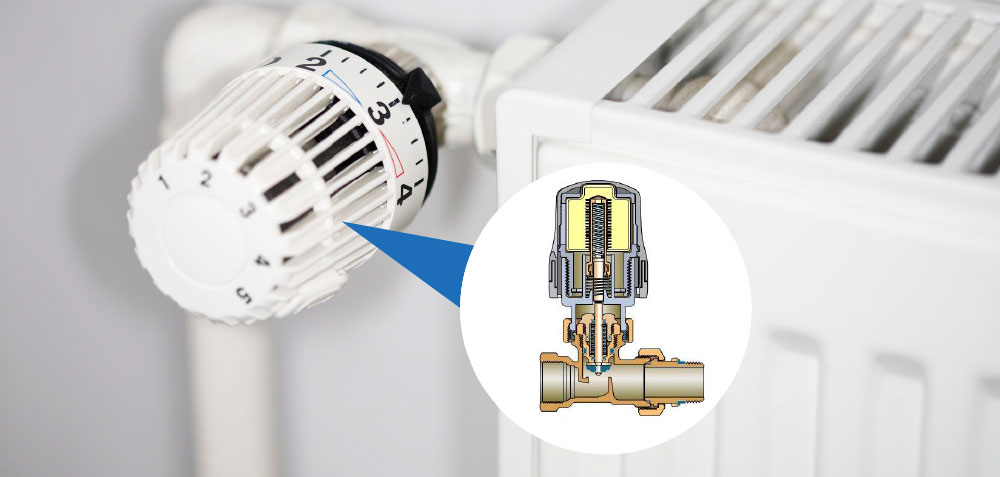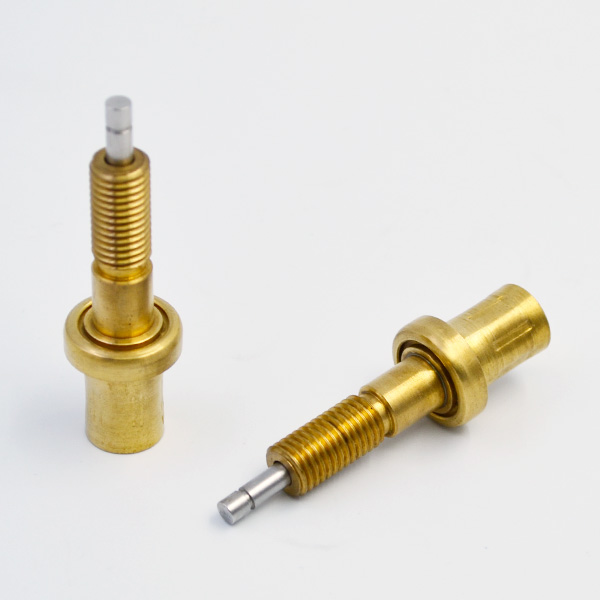ADRC has the advantages of small overshoot, thermostatic element fast response and strong anti-disturbance ability.
However, up to now, there is still no unified and effective theory to support parameter tuning.
In this paper, based on genetic algorithm, the parameter tuning is transformed into a multi-constrained nonlinear programming problem and solved. Finally, based on a simulation turntable, the simulation results verify the effectiveness of this parameter tuning method. Active Disturbance Rejection Control (ADRC) algorithm is simple to implement, but its disadvantage is that there are blind areas in the aspects of non-linear stability and parameter tuning. In recent years, with the development of computer technology, a number of artificial intelligence random search algorithms have emerged. This paper takes the representative intelligent algorithm as an example to explore its application in parameter tuning of ADRC.
For any disturbed system, the general structure of ADRC is shown in Figure 1. As can be seen from Figure 1, ADRC consists of three core parts: Tracking Differentiator (TD), Extended State Nonlinear Observer (ESO), and Nonlinear State Error Feedback (NLSEF). In this paper, a simulation example of turntable control is given.

The performance index of the turntable can be summarized as two aspects: in the low frequency band, the system is required to limit the amplitude below 10Hz to within ( 1db) and the phase shift to within 10 degrees; in the high frequency band, the system is required to limit the amplitude between 10Hz and 50Hz to ( 3db) and the phase shift to within 90 degrees.

The structure of ADRC is deterministic, so the design of ADRC is largely equivalent to the tuning of controller parameters. Since the three parts of ADRC are independent of each other, each part can be designed independently and then combined.
As the first step of ADRC, the parameters of TD can be adjusted independently. If the parameters meet the requirements, they need not be changed dynamically. Formula (1) shows that TD contains three adjustable parameters. The bigger the tracking speed is, the faster the desired tracking signal is.

The bigger the tracking speed is, the better the filtering effect of TD is. When the iteration termination condition is more than 500 consecutive times without evolution, the algorithm stops. After repeated operation, the objective function converges to 0.24, and the optimal combination of ESO parameters is as follows: On the premise of excellent ESO performance, NLSEF design is similar to ESO design, which also needs to consider stability and performance.
According to Fig. 1, the closed-loop transfer function of the system is derived. According to the principle of automatic control, the necessary and sufficient conditions for the stability of closed-loop system are as follows: Similar to ESO, the overall requirements for stability and performance of the system are summarized as constraints, and then a set of parameters satisfying the requirements are found by genetic algorithm. The controller designed above is applied to this model.
The command is sinusoidal signal and the motor torque disturbance is zero. Figures 3 and 4 show that this set of parameters enables the system to track the desired signal well.
In low frequency band, ESO can accurately observe the position, velocity and integrated disturbance of the system. The position and velocity errors are convergent and the system is stable. Therefore, the ADRC designed by this method is effective. In this paper, inspired by genetic algorithm, a new parameter tuning method of ADRC is proposed, and the effectiveness of this method is verified by simulation control of turntable system, which has a certain reference value.
